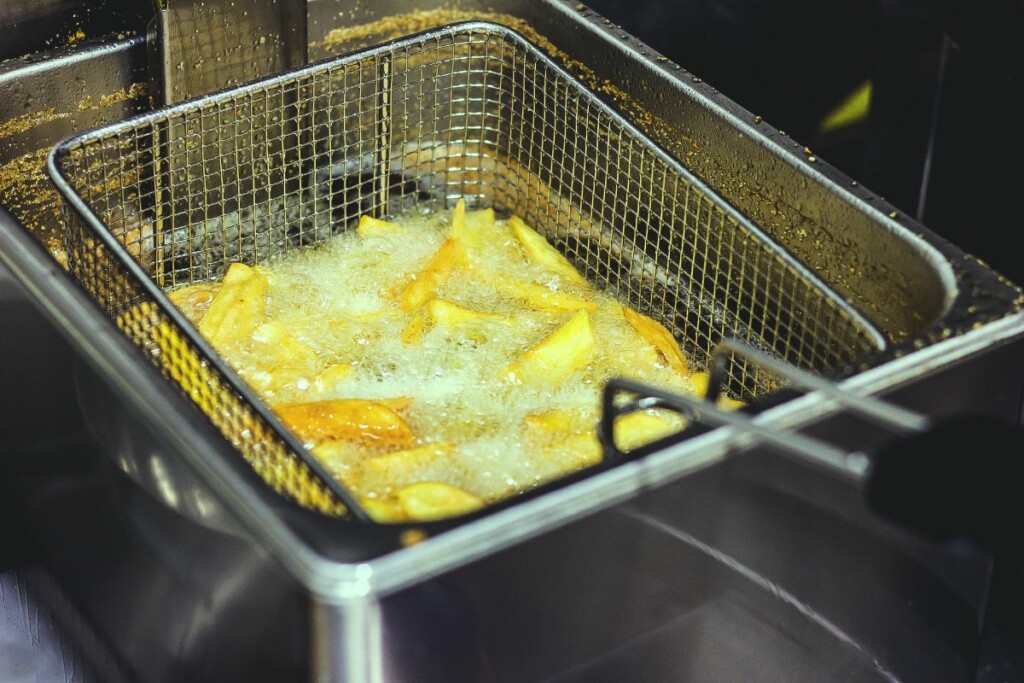
“Fresh, never frozen” is becoming a less common way for foodservice operators to describe their products. According to a new report by Technomic, commissioned by the American Frozen Food Institute, 40% more foodservice operators are purchasing frozen foods today compared to three years ago—with more than 90% of operators using frozen products.
Operators reported turning to the frozen category to combat issues affecting their businesses, which they cited the top issues as being operational efficiencies, supply chain and product availability, and labor. The key benefits of frozen foods were identified as year-round availability, longer shelf life, product consistency and ease of preparation, helping operators offset challenges.
One of the top issues associated with using frozen foods, however, was limited or no freezer storage space, with 32% of operators reporting that as their top challenge. “Foodservice operations are getting smaller, and there will be more limited space for everything, including storing frozen foods,” says the report. “As such, suppliers should explore developing smaller case sizes that would require less space. Additionally, resealable and more sustainable packaging options should be investigated.”
Flavor/taste inferiority was the main challenge associated with frozen, according to 45% of operators surveyed.
Here are some other key findings from the report:
- The most widely used frozen foods are vegetables (83%), potato products (78%) and fruits (76%).
- Since 2019, operators reported an increase in purchases of frozen appetizers (75%), seafood (55%) and vegetables (53%).
- The top methods of cooking frozen foods are frying (87%), steaming (82%) and air frying (75%).
- 70% of operators say their customers don’t know if a product has been made from a frozen product.
- 84% of operators say frozen products produce “much less” waste than fresh products.
- Over the last 18 months, supply chain issues have caused 78% of operators to use more frozen products.
The report, “The Power of Frozen in Foodservice: Frozen Foods and Beverages in the New Foodservice Environment,” was conducted to understand operator viewpoints and preferences for frozen foods and product applications. It was based on a survey of 360 operators across 10 segments.
RELATED CONTENT
- Advertisement -
- Advertisement -
- Advertisement -
TRENDING NOW
- Advertisement -
- Advertisement -
- Advertisement -


